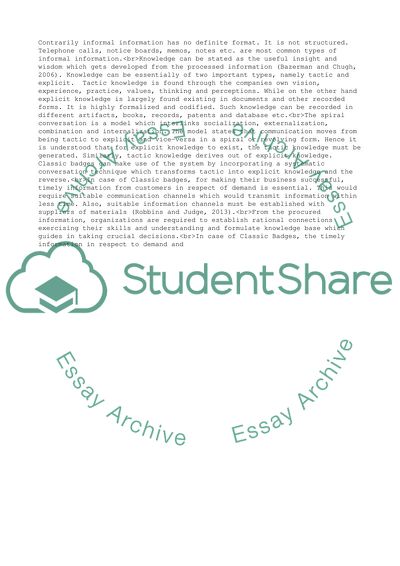Cite this document
(“Managing communication,knowledge and information Case Study”, n.d.)
Retrieved from https://studentshare.org/business/1699174-managing-communicationknowledge-and-information
Retrieved from https://studentshare.org/business/1699174-managing-communicationknowledge-and-information
(Managing communication,knowledge and Information Case Study)
https://studentshare.org/business/1699174-managing-communicationknowledge-and-information.
https://studentshare.org/business/1699174-managing-communicationknowledge-and-information.
“Managing communication,knowledge and Information Case Study”, n.d. https://studentshare.org/business/1699174-managing-communicationknowledge-and-information.


